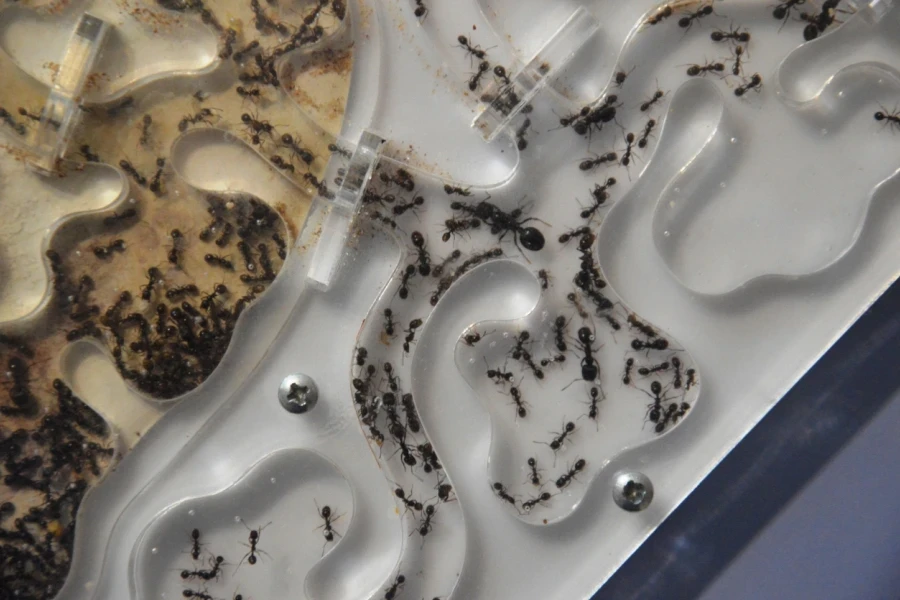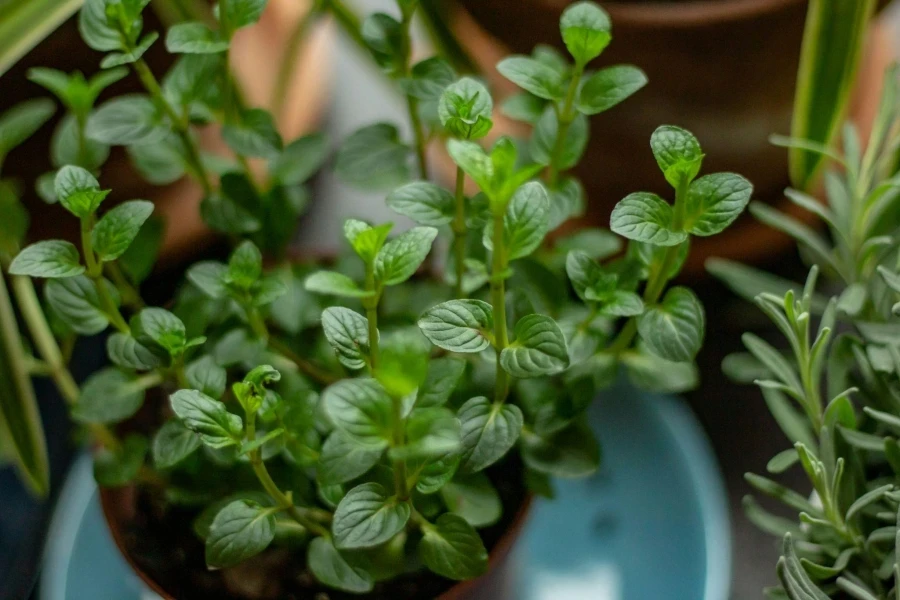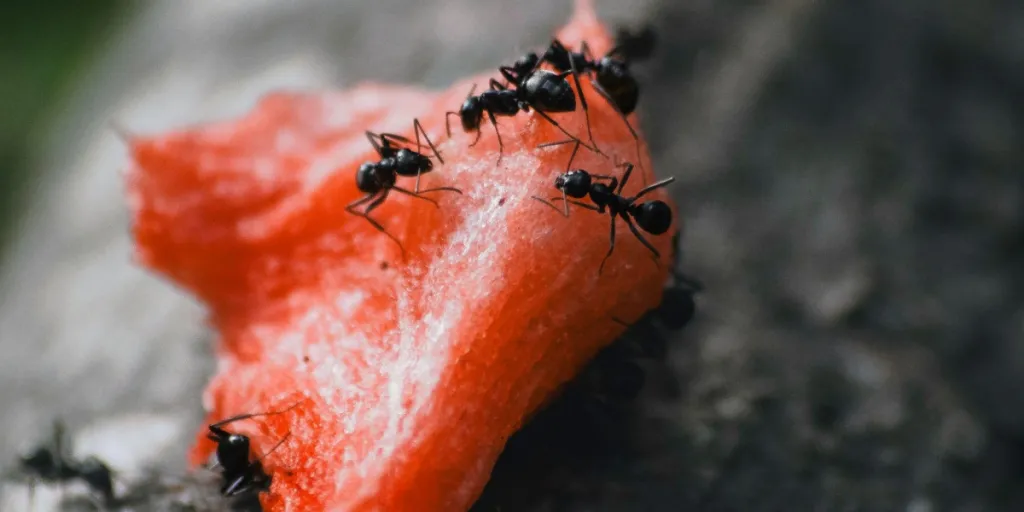Ants are known as one of the most common and stubborn insects, regardless of whether it is a residential, industrial, or commercial area.
Consumers are constantly looking for solutions to how to get rid of ants, and this only increases the demand for ant control solutions. This, in turn, has a significant impact on the growing market.
Here is everything to understand how a seller can benefit from the growing market, including identifying which solution will work best and what methods can help eliminate these ants so that they can be one step ahead of their consumers and provide effective ant control solutions for them.
Table of Contents
Overview of the ant control market: trends & growing demand
What are the types of solutions consumers use to get rid of ants?
Conclusion
Overview of the ant control market: trends & growing demand
Ants are famous for being eusocial insects. They survive by creating their colonies in different areas. Generally, the colonies are around a particular area where they can seek food or shelter, mainly in the smallest openings and cracks beneath the rocks-like spaces.
These ants get attracted to sweet, grease, or protein-based food. Once they find it, they leave a trail of pheromones. As a result, this works as a trail for other ants from the colony.
Getting rid of these tiny insects requires the intake killing of the entire colony. These can be done using different types of ant controls available, such as powder, baits, or sprays.
As per the global ant control market, the numbers will cross USD 606.51 billion by the year 2024. Besides this, it is expected that, from 2024 to 2029, the numbers will reach USD 742.89 billion, which is growing at a compound annual growth rate (CAGR) of 4.14%.
North America and Europe have prominent shares in ant control markets in capacity and value due to increased awareness and reimbursement from the government in their respective agriculture sectors.
The list is followed by Asia-Pacific (China and India, etc.) as more and more people are becoming aware of the damage done by ants and looking for solutions.
That’s a little insight into the ant control market potential and the issues surrounding ant trouble. It’s time to explore the solutions!
What are the types of solutions consumers use to get rid of ants?
According to research by the National Wildlife Federation, they listed more than 12,000 ants worldwide. Most of these are not harmful, but some ants can transmit bacteria, causing human infection and disease.
A study done in 2019 shows that Monomorium or Pharaoh ants carry pathogenic bacteria that cause danger to humans.
To solve this issue, consumers look for solutions, and for that, these are some options a seller can consider.
Ant traps

If one is looking for one of the most cost-effective solutions to get rid of ants, then it has got to be ant traps. These small plastic ant traps can be put by doors, window sills, and baseboards.
So, this is how one can picture the ant getting caught: When the ants enter the area, they immediately follow the scent of food and thus lead them directly to the traps.
These traps can be placed on countertops and trash cans to ensure they don’t sneak into leftovers.
Bait traps
Ant bait traps include a mixed combination of insecticides and materials, attracting the ants looking for food.
These work as a key tool as bait, transferring mouth to mouth from one ant to another, which led to killing their complete colony.
These traps take time as the ants have to take them back to their nest, feeding other members. However, it’s an effective solution and safer than sprays.
Gel ant traps

Due to their sticky nature, gel ant traps are seen more like ant magnets. These can be available in different shapes and sizes.
To use these gel traps, use a syringe-shaped applicator or small containers, which can easily get into cracks, baseboards, or places where ants made their colonies to place and seal the entering area.
White vinegar
White vinegar for ants is known to be an effective yet easily available solution.
Besides killing and repelling the ants, it works as a natural cleaning agent, which makes white vinegar a friendly solution.
It can be mixed in an equal ratio with water and used for hard surfaces, covering all the trails where ants like to travel.
Borax solution
Borax solution, or sodium tetraborate, is a powder that comes in white and is often used for cleaning products. However, it can also be helpful as an emulsifier or an ant repellent.
Mixing it with sugar and water, then letting the cotton balls soak in the solution, or pouring it on cardboard or paper can work.
The ants get attracted to sugar, and while the ants take these to their colony, the borax-laced substance works as a slow poison that eventually kills each of them, including the queen.
Black pepper

Black pepper or cayenne pepper have strong smells that are irritating to ants.
Sprinkling the pepper to different areas where the ant might have their nest or access to a house can help kill them.
It can also be used as a spray; mix it with water and spray directly to eliminate the ants from the house.
Tea tree oil
Tea tree oil might have a strong scent, so it can be diluted with peppermint oil and water.
As per a study, the oil is highly useful in getting rid of flies, which also means it can work for ants.
Mixing around 5 to 10 drops with 2 cups of water and using it either directly at ants or letting it soak in cotton balls and placing it around the corners can help.
Ultrasonic repellents
Ultrasonic repellents for ants are basically devices that one can plug into an electrical outlet for them to function.
These devices work by emitting certain sounds with a frequency that only the ants can hear. For specificity, it’s below 20 Hz.
These devices frequently make an upsetting noise, making ants go away from the house or the area. Instead of going towards it, ants move far away.
Diatomaceous earth
Diatomaceous earth, or silicon dioxide, is made using diatoms (a type of plankton) remaining fossils.
These are not poisonous. However, using the powder can kill ants as it absorbs all the oils, leaving them dry and eventually leading to death.
Peppermint

Peppermint oil is another solution that can be considered for repelling ants. A study shows peppermint oil can help get rid of ants, especially European red ants or red imported fire ants.
These ants are mostly found in soil or areas with high humidity or moisture, typically beneath stones, yard debris, potted plants, or fallen trees.
Ant repellant sprays
Ant-repellant sprays can be DIY using natural products, or they can be commercially formulated using synthetic chemicals, including imiprothrin, permethrin, cypermethrin, and more.
These provide long-lasting protection and are much easier to use.
Now that business buyers are well informed on different ant control solutions, it is time to stay ahead of competitors and provide consumers with these solutions to solve their ant problems.
Conclusion
Ants are one of the most common invaders, mostly harmless, yet it’s crucial to ensure they don’t spread germs and bacteria.
From these listed solutions, the sellers can choose what they want to offer, whether it be natural and eco-friendly or chemical, depending on the situation and area infested by the ants.
Visit Chovm.com to source these ant control solutions for target customers and start selling right away!




